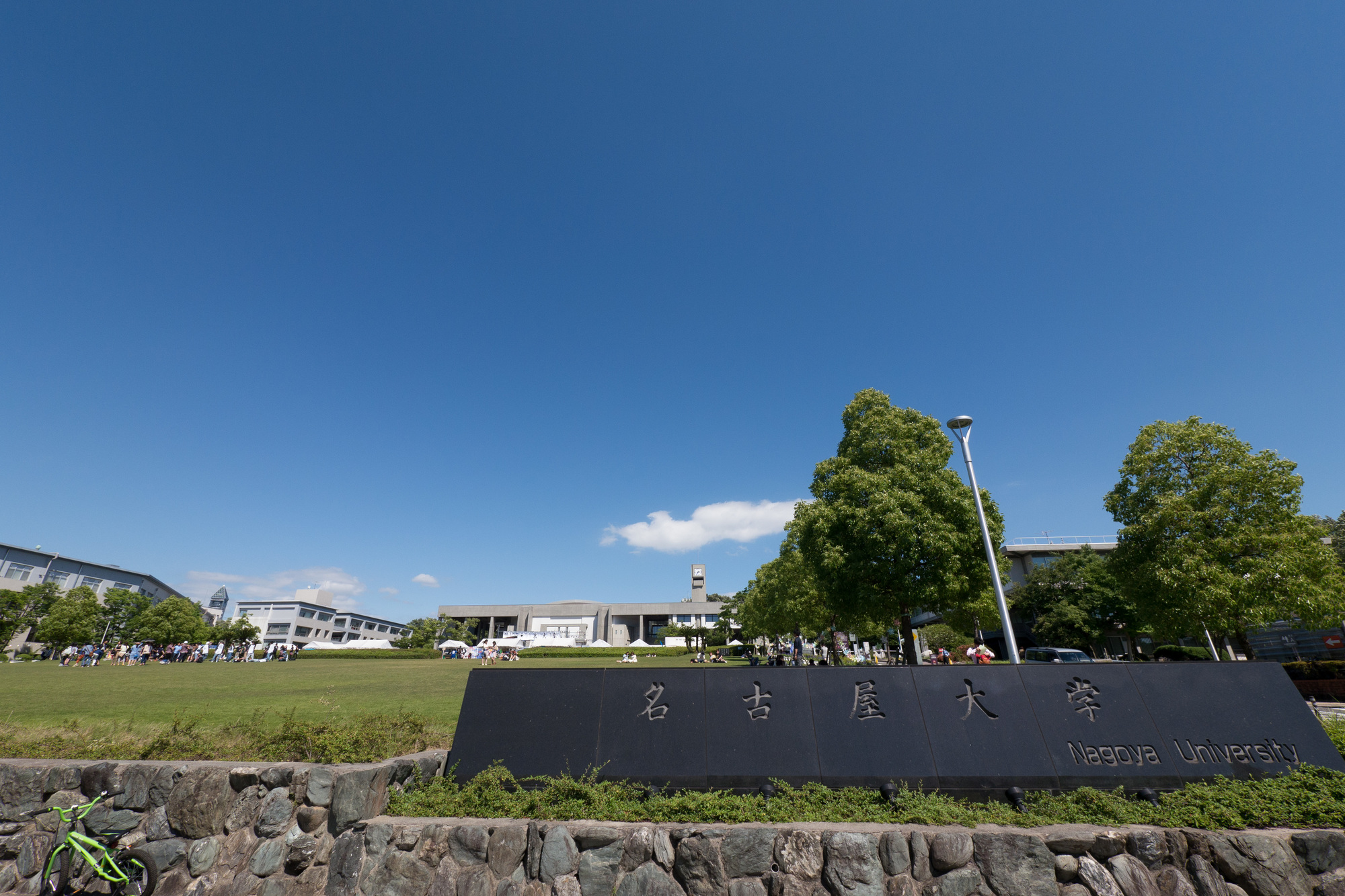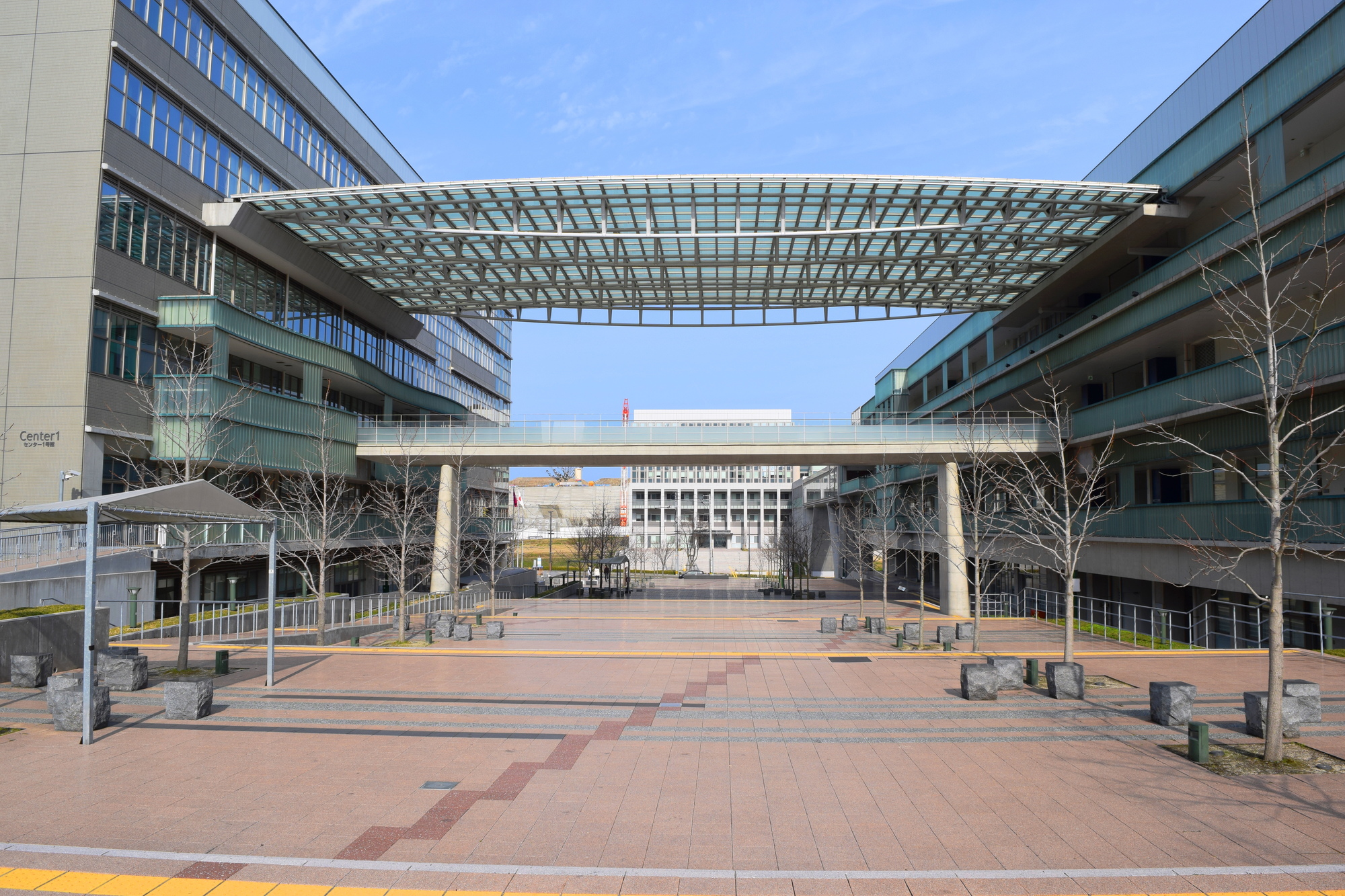A research group of Aji Adha Sukuma, a researcher at Nagoya University, Professor Yutaka Ohno, and Professor Hiroki Ago of Kyushu University has developed a technology to generate more than 5 volts from a single drop of water.It is expected to be applied to self-powered IoT devices in the presence of fluid.
Currently, "energy harvesting" technology, which obtains power to drive IoT sensors from minute energy such as heat and vibration existing in the environment, is attracting attention in promoting IoT (Internet of Things) as a replacement-free power source to replace batteries. ing.In particular, hydropower has been used for large-scale hydroelectric power generation as a representative of clean energy, but even if small flow energy such as factory piping and microfluidic devices exists everywhere, the use of that power has not been developed.
This time, the research group has developed a technology to generate electricity of 5 volts or more from a single drop of water.This power generation device is composed of molybdenum disulfide, which is thin at the atomic level and is formed on a plastic film, and generates electricity when water droplets slide down on the surface of the molybdenum disulfide.
Previously, a similar power generation phenomenon was reported using graphene, which is a type of atomic layer material, but the output voltage was about 0.1 volt.In the research, we succeeded in obtaining a sufficiently high output voltage to drive a sensor device using molybdenum disulfide, which is a semiconductor atomic layer material.
This power generation technology can be used as a power source for self-powered IoT devices in various fluid environments.Since the power generation device is formed on a plastic film and is flexible, it can be installed on a curved surface inside a pipe, and has a high degree of freedom in installation.It is expected to be applied to IoT devices such as self-powered rain gauges and acid rain monitors that generate electricity from raindrops, and self-powered water quality sensors that generate electricity from factory wastewater and monitor the water quality of the wastewater at the same time.
Paper information:[Nano Energy] High output voltage generation of over 5 V from liquid motion on single-layer MoS2


